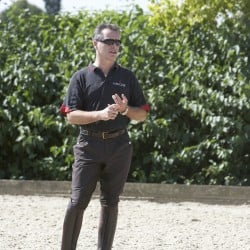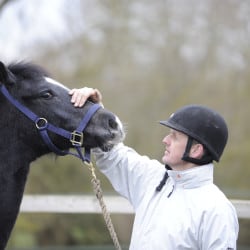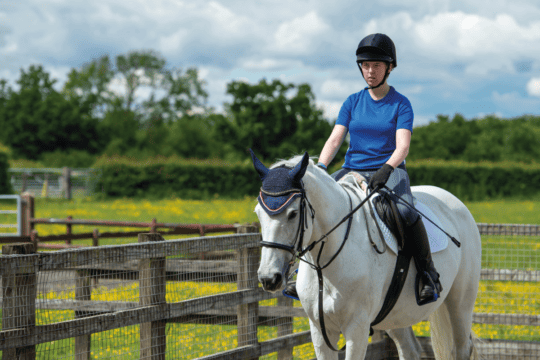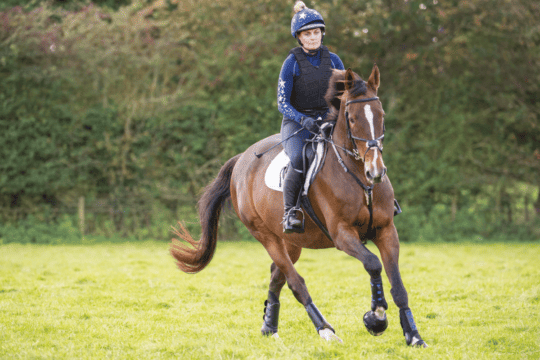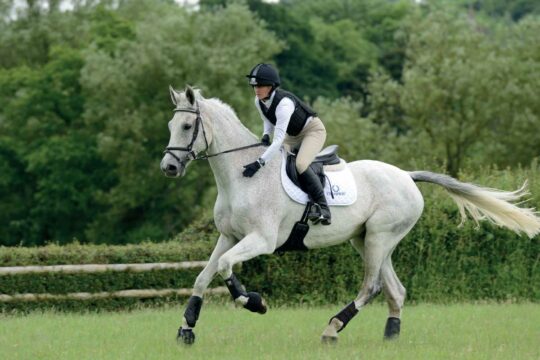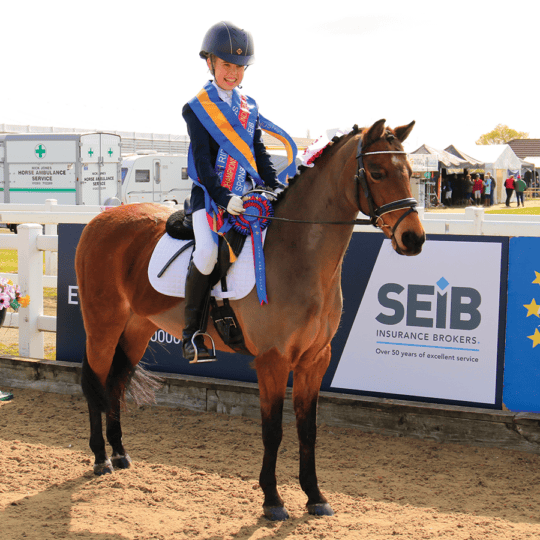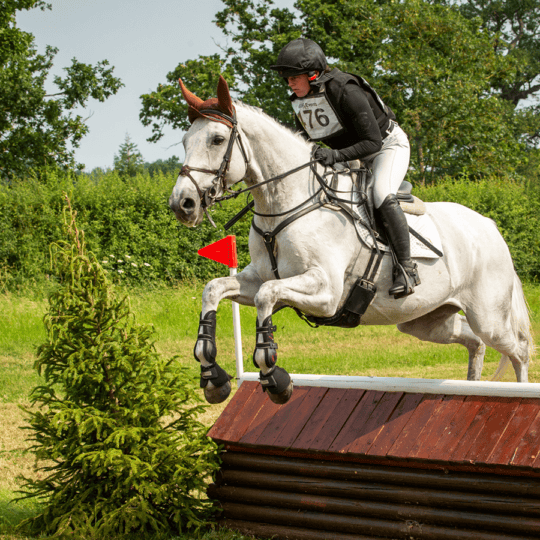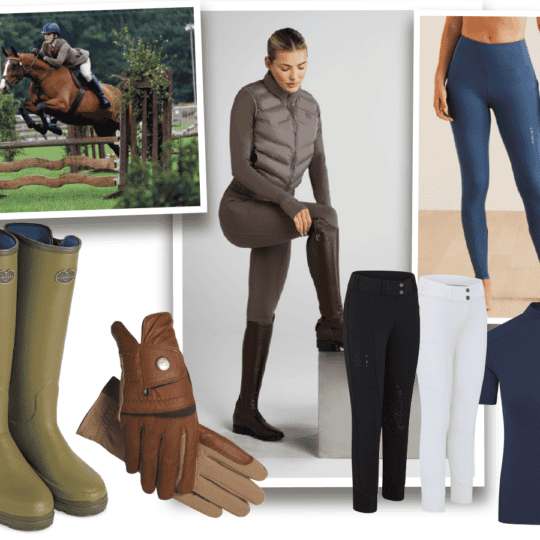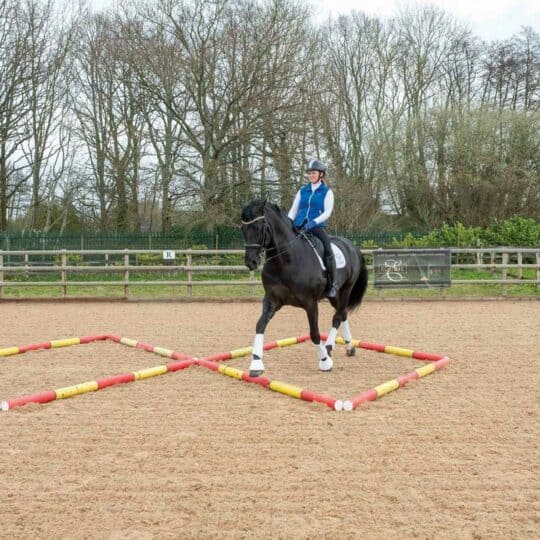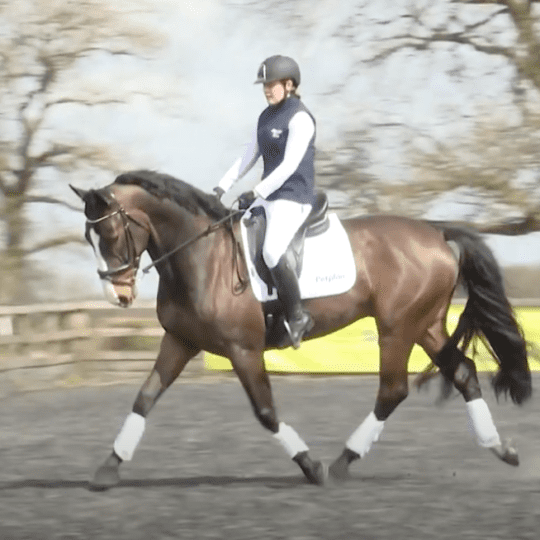Your horse’s extremities – his legs, ears and nose – are very sensitive. Warwick Schiller explains how to handle them safely
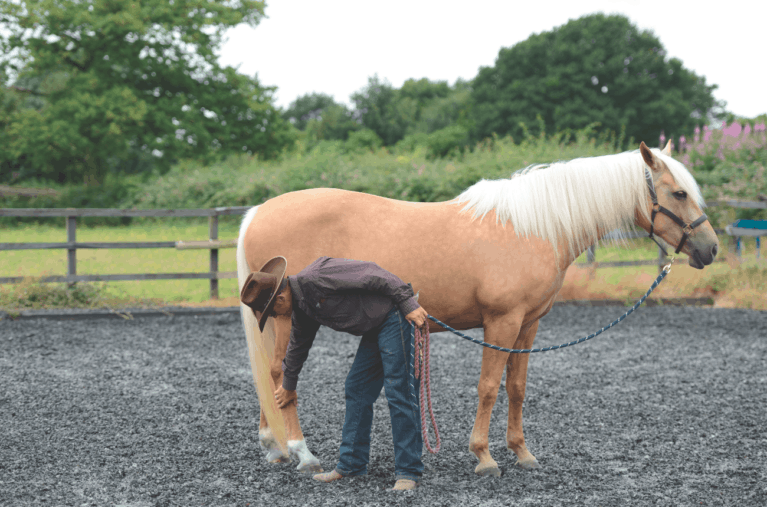
Handling your horse’s legs is something you do on a daily basis, whether it’s to pick out his feet, check for lumps and bumps, or put on boots or bandages. However, if he doesn’t like you doing this then not only can it make these day-to-day tasks difficult, but it can also compromise your safety, too.
Horses aren’t deliberately difficult with their legs – you have to appreciate that they’re flight animals, so they need to protect their legs at all costs to be able to outrun predators. The ability to hear or smell danger is also key for horses, which explains why he may not feel comfortable with you touching his ears or nose, either. When you then introduce foreign objects such as boots or clippers, it can make the problem even worse. However, a bit of simple groundwork training can help him feel much more comfortable and improve safety for both of you.
Touchy-feely
If your horse is sensitive to being touched in a certain area, such as his ears or muzzle, start by rubbing him in a place where he is comfortable – for most horses, this is around their back, shoulders and sides – and gradually move closer to the area where he’s not so happy. If he gets a little tense or worried, stay in that place but keep rubbing until he settles. Then, go back to where you started and repeat the exercise – you should be able to get closer to where you’re aiming for because you’ve shown your horse that you’re sympathetic to his worries.
Introducing leg handling
Your horse’s legs are one of his main weapons, so they require a little bit more caution to handle. If he’s not happy with you touching them, the first thing to do is make sure that he’s okay to have something else in contact with them, such as the end of a long leadrope.
Horses kick at things to make them go away, so if he tries this, keep whatever tool you’re using in contact with his leg until he stops, then take it away. If you take the rope away when he starts kicking, he’ll learn that he can do this every time he doesn’t want you touching his legs. Once he’s happy to have his legs touched, it’s time to teach him to pick them up…
- Loop a long rope around his leg, starting by his elbow or stifle, and run it over his leg, gradually working your way down towards his hoof. If he starts to react, leave the rope in place until he settles, then start again.
- Once he’s okay with the rope, keep it looped around his fetlock and gently pull on it to encourage him to lift his foot so his toe is still resting on the ground.
- Now it’s safe to start using your hands. Whenever you handle your horse’s legs, start by putting your hand on his shoulder or hindquarters and running it all the way down his leg to his hoof, so you don’t startle him.
- Squeezing his hock or chestnut gently will encourage him to lift his toe. At first, you aren’t trying to pick his foot up, you’re just asking him to take the weight off it of his own volition, which helps him learn to balance on three legs.
- Only once he’s learnt to do that should you try to actually hold his hoof
– if he’s learnt how to balance on three legs, you should be able to hold it up with very little effort.
If your horse doesn’t like you touching his legs or holding them, you need to ask yourself why this might be. Often this behaviour is caused by a more fundamental problem and if you can solve that, you’ll probably be on the way to solving the leg problem, too. For example, it may be because he doesn’t trust you or understand the dynamics of your relationship. Returning to your groundwork and practising it will help with both these issues, and if he has more trust in you, then he’ll be more likely to accept you touching his legs.
Get your copy of the April issue of Horse&Rider here, on sale 9 March, to find out more of Warwick’s tips for handling your horse and his advice for safely introducing clippers and travel bandages.

